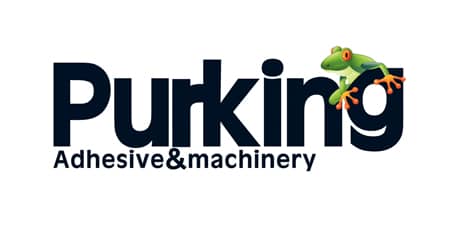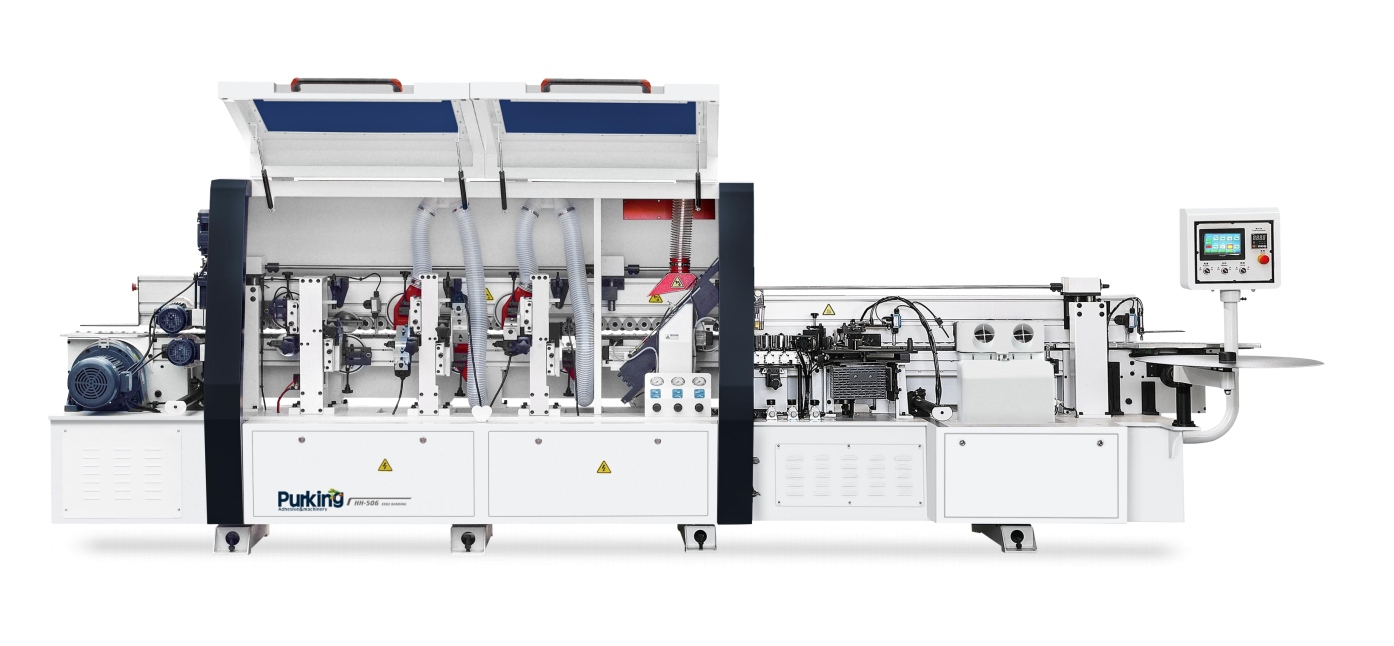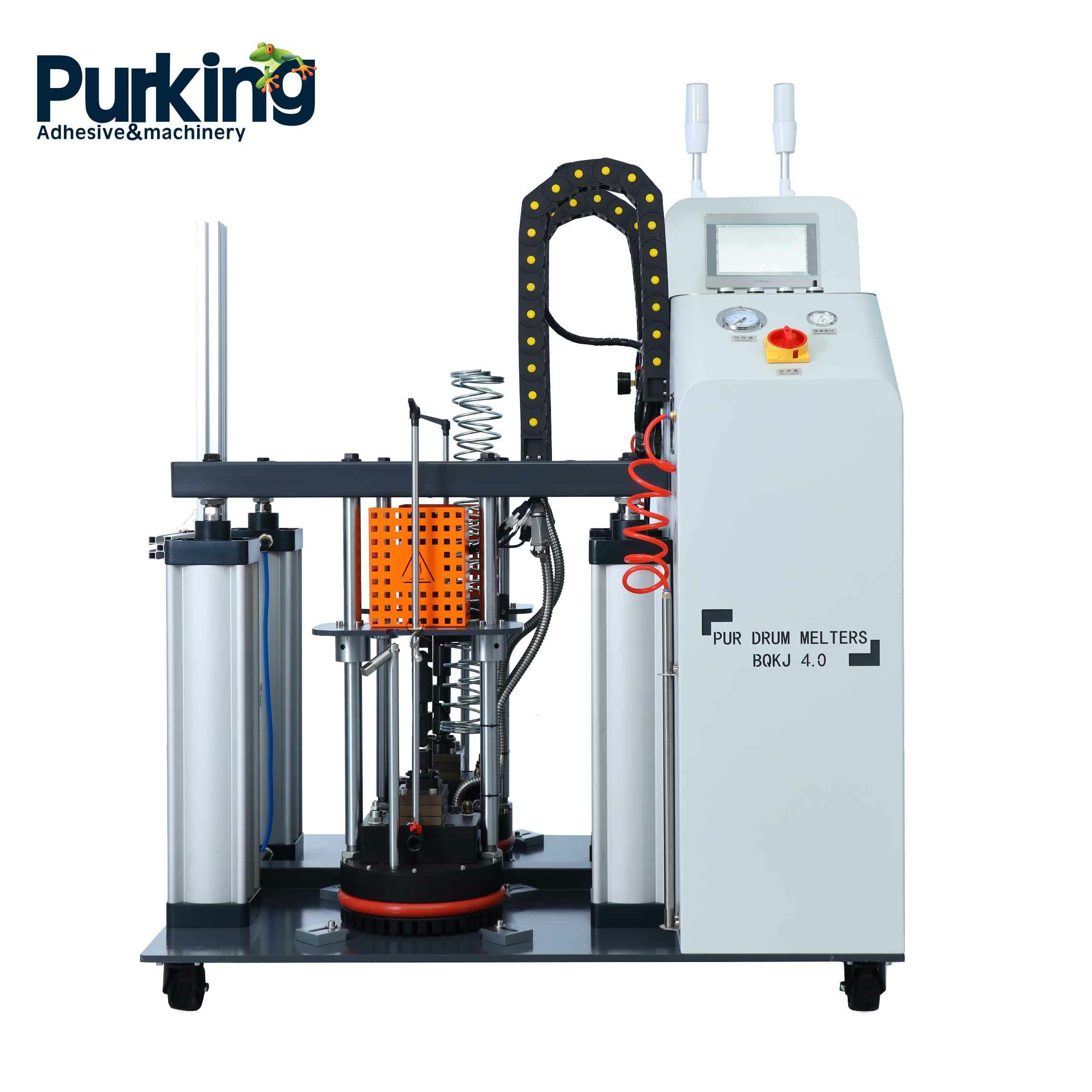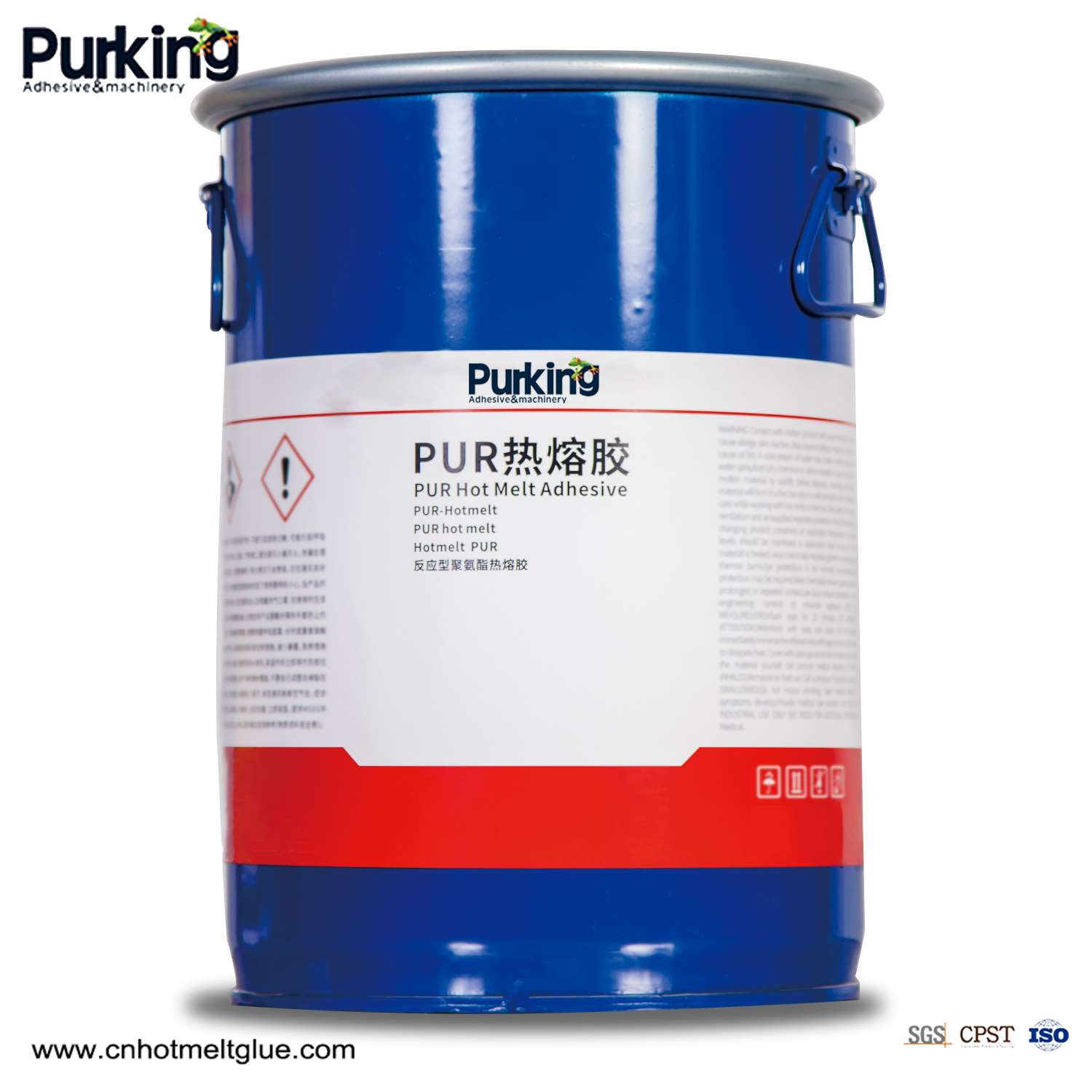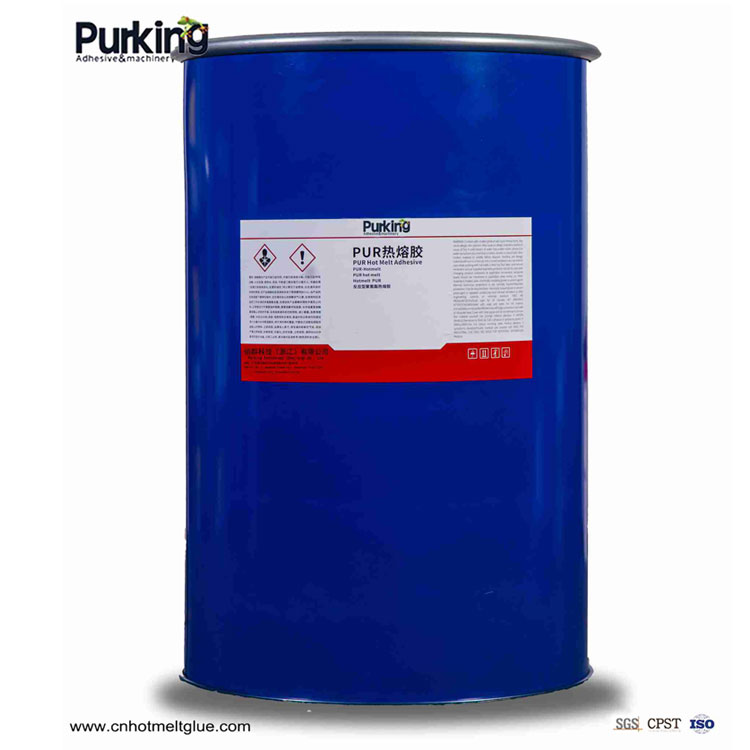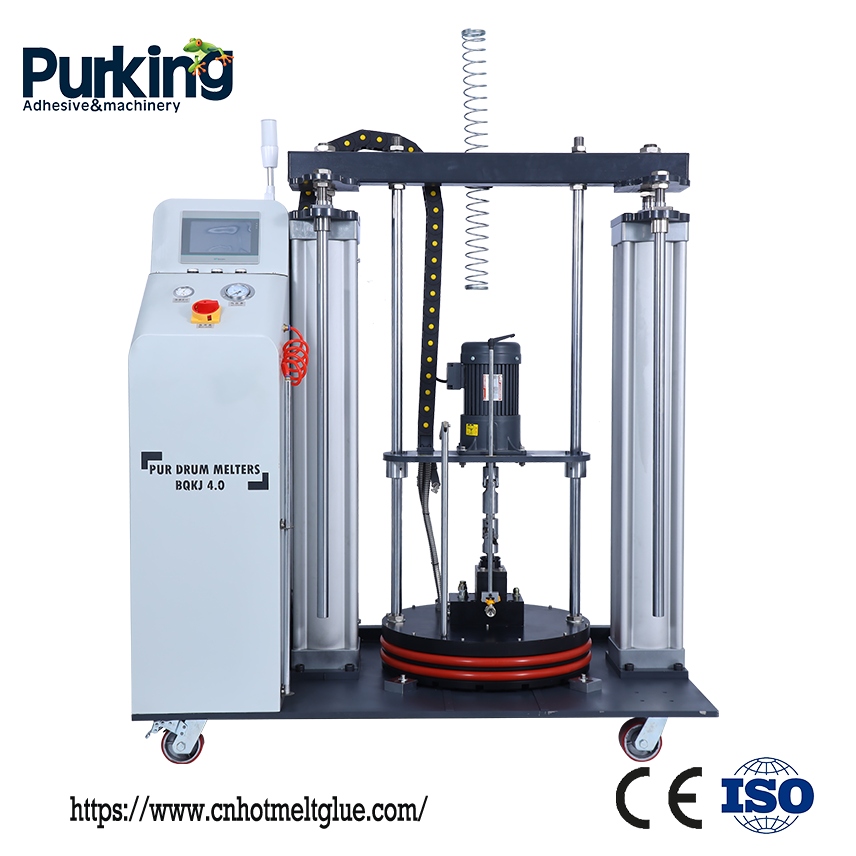There are two
types of hot melt adhesives: hot bonding and cold bonding. In fact, they are
bonding in two different physical states. Today we will talk about the
difference between cold bonding and hot bonding.
1. Cold bonding:
In the application of pressure-sensitive hot melt adhesives, cold bonding will
be used more. The self-adhesive bag sealant is more common in life, which is
the cold bonding method of hot melt adhesive, and the self-adhesive bag is produced
in proportion It will not be pasted immediately. When the hot melt adhesive is
already cooled when it is pasted, the cold bonding method can only be used, and
the cold bonding will not cause overflow of the glue, and the damage to the
surface of the substrate is small. Just gently press the quilt. The bonding
substrate can be adhered tightly.
2. Hot sticking:
it is very common in the application of sticking after glue, such as furniture
edge banding, shoe material outsole, large board flat sticking and so on. The
hot bonding method requires the use of a hot melt glue machine to heat the
glue, turn the glue into a liquid state and then apply it to the substrate to
be bonded. The liquid glue will fill up the crevices and textures on the
surface of the substrate, and even enter the substrate. Internally, the two
substrates are firmly bonded together.
Cold sticking
and hot sticking solve the problems in different adhesive application fields.
In fact, the liquid glue molecules have different degrees of activity. The
molecular structure of hot melt adhesive has become relatively stable in the
cold bonding state, and it is very convenient to paste; when the hot melt
adhesive is used in the hot bonding state, its molecules become very active
when heated, which can impact the molecular structure of the substrate surface,
even with The molecular structure of the substrate is fused, which shows that
the thermal bonding effect is better.
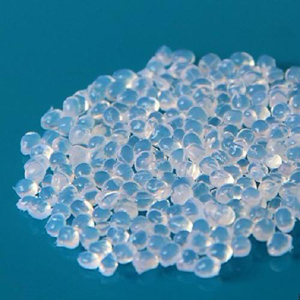
 English
English  Esperanto
Esperanto  Afrikaans
Afrikaans  Català
Català  שפה עברית
שפה עברית  Cymraeg
Cymraeg  Galego
Galego  Latviešu
Latviešu  icelandic
icelandic  ייִדיש
ייִדיש  беларускі
беларускі  Hrvatski
Hrvatski  Kreyòl ayisyen
Kreyòl ayisyen  Shqiptar
Shqiptar  Malti
Malti  lugha ya Kiswahili
lugha ya Kiswahili  አማርኛ
አማርኛ  Bosanski
Bosanski  Frysk
Frysk  ភាសាខ្មែរ
ភាសាខ្មែរ  ქართული
ქართული  ગુજરાતી
ગુજરાતી  Hausa
Hausa  Кыргыз тили
Кыргыз тили  ಕನ್ನಡ
ಕನ್ನಡ  Corsa
Corsa  Kurdî
Kurdî  മലയാളം
മലയാളം  Maori
Maori  Монгол хэл
Монгол хэл  Hmong
Hmong  IsiXhosa
IsiXhosa  Zulu
Zulu  Punjabi
Punjabi  پښتو
پښتو  Chichewa
Chichewa  Samoa
Samoa  Sesotho
Sesotho  සිංහල
සිංහල  Gàidhlig
Gàidhlig  Cebuano
Cebuano  Somali
Somali  Тоҷикӣ
Тоҷикӣ  O'zbek
O'zbek  Hawaiian
Hawaiian  سنڌي
سنڌي  Shinra
Shinra  Հայերեն
Հայերեն  Igbo
Igbo  Lëtzebuergesch
Lëtzebuergesch  Malagasy
Malagasy  Sundanese
Sundanese  Yoruba
Yoruba  Español
Español  Português
Português  русский
русский  Français
Français  日本語
日本語  Deutsch
Deutsch  tiếng Việt
tiếng Việt  Italiano
Italiano  Nederlands
Nederlands  ภาษาไทย
ภาษาไทย  Polski
Polski  한국어
한국어  Svenska
Svenska  magyar
magyar  Malay
Malay  বাংলা ভাষার
বাংলা ভাষার  Dansk
Dansk  Suomi
Suomi  हिन्दी
हिन्दी  Pilipino
Pilipino  Türkçe
Türkçe  Gaeilge
Gaeilge  العربية
العربية  Indonesia
Indonesia  Norsk
Norsk  تمل
تمل  český
český  ελληνικά
ελληνικά  ελληνικά
ελληνικά  український
український  Javanese
Javanese  فارسی
فارسی  தமிழ்
தமிழ்  తెలుగు
తెలుగు  नेपाली
नेपाली  Burmese
Burmese  български
български  ລາວ
ລາວ  Latine
Latine  Қазақша
Қазақша  Euskal
Euskal  Az?rbaycan
Az?rbaycan  Az?rbaycan
Az?rbaycan  Slovensky jazyk
Slovensky jazyk  Македонски
Македонски  Lietuvos
Lietuvos  Eesti Keel
Eesti Keel  Română
Română  Slovenski
Slovenski  मराठी
मराठी  Srpski језик
Srpski језик 